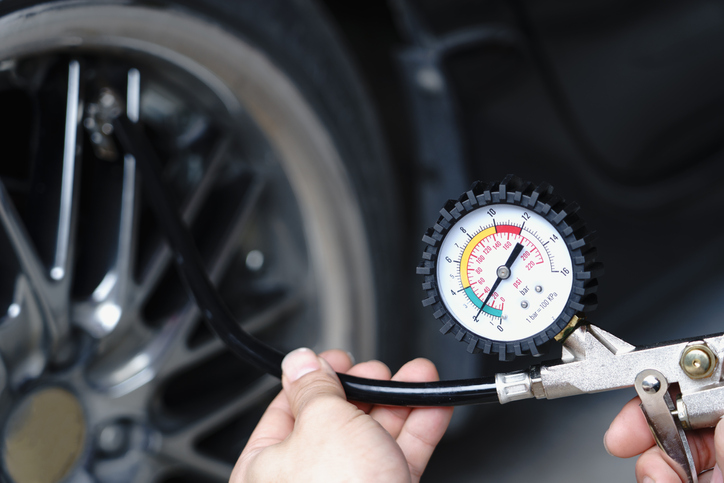What Those in a Professional Mechanic Career Should Know About Using a Tire Pressure Monitoring System
When a vehicle’s tires aren’t correctly pressurized, a lot can go wrong. Low tires can affect a vehicle’s fuel economy, as underinflated tires will be more resistant to rolling, requiring the engine to work harder and use more fuel to get where it’s going. Additionally, low tire pressure negatively impacts a vehicle’s handling capabilities, as the tires are unable to gain as much traction and stability on the road. Low tire pressure can also increase a driver’s risk of experiencing a blowout, leading to dangerous accidents.
Given the many problems associated with low tire pressure, tire pressure monitoring systems (TPMS) were designed to serve an important function within vehicles: to alert drivers when their tire pressure gets too low or is too high. If you’re considering a career as an auto mechanic, read on to learn more about how a TPMS works, and what advantages (and disadvantages) come with using them.
How Does a Tire Pressure Monitoring System Work? A Look for those in Automotive Courses
A tire pressure monitoring system is a computerized system which monitors the amount of pressure in each of a vehicle’s drivers. Using sensors within each tire which connects to a receiver module within the vehicle, the TPMS detects when there is either too much or too little air in any of a vehicle’s tires. There are two types of TPMS, one being the direct-reading system, which activates a dashboard light once a tire’s pressure drops 25% below its recommended level. In an indirect-reading TPMS, the system works in tandem with the Antilock Braking System, using the rotation of the tires to detect low pressure, and triggering a dashboard light when one tire moves slower than the others (a sign it needs to be inflated). Once you become an auto mechanic, knowing how these systems work will help you to service vehicles experiencing low or high tire pressure, and return the pressure to safe levels.

The Advantages of Using a TPMS
There’s one obvious advantage to having a TPMS in a vehicle, and that comes down to driver safety. Tire pressure monitoring systems are able to detect an issue before it becomes a more serious safety hazard for drivers, making them an important component of a vehicle’s safety technology. When drivers are alerted that their tire pressure is low, they’re able to take their vehicle into an auto service center right away, lowering the risk that they experience a blowout or an accident. Not only does this save drivers money, as it prevents the need for tire replacement by catching an issue before the tread and sidewalls of the tires are damaged, the TPMS also enables drivers to maintain fuel efficiency. When drivers can catch tire pressure issues early on, they can avoid wasting fuel as a result of low tire pressure, which forces the engine to work harder.

What to Keep in Mind When Evaluating a Vehicle’s Tire Pressure Monitoring System
While a vehicle’s TPMS comes with many advantages, there are a few things you’ll want to keep in mind when working with tire pressure monitoring systems during your professional mechanic career. When working properly, these systems are beneficial in alerting drivers and keeping them safe on the roads, but the TPMS sensors can also malfunction, resulting in a false alarm. Additionally, while this system can detect when the air pressure is lower than it should be, it can’t indicate the cause of low air pressure. Thus, it’s important to convey to drivers that a tire pressure warning light that keeps going on and off might be a sign that there’s a bigger problem with their vehicle’s tires. While a TPMS system is a crucial safety mechanism, it’s still important to conduct routine maintenance on a vehicle’s tires, as relying exclusively on this technology may result in a tire problem.
Ready to enroll in automotive courses?
Start your journey to become a mechanic today with a program at ATC Cambridge!



